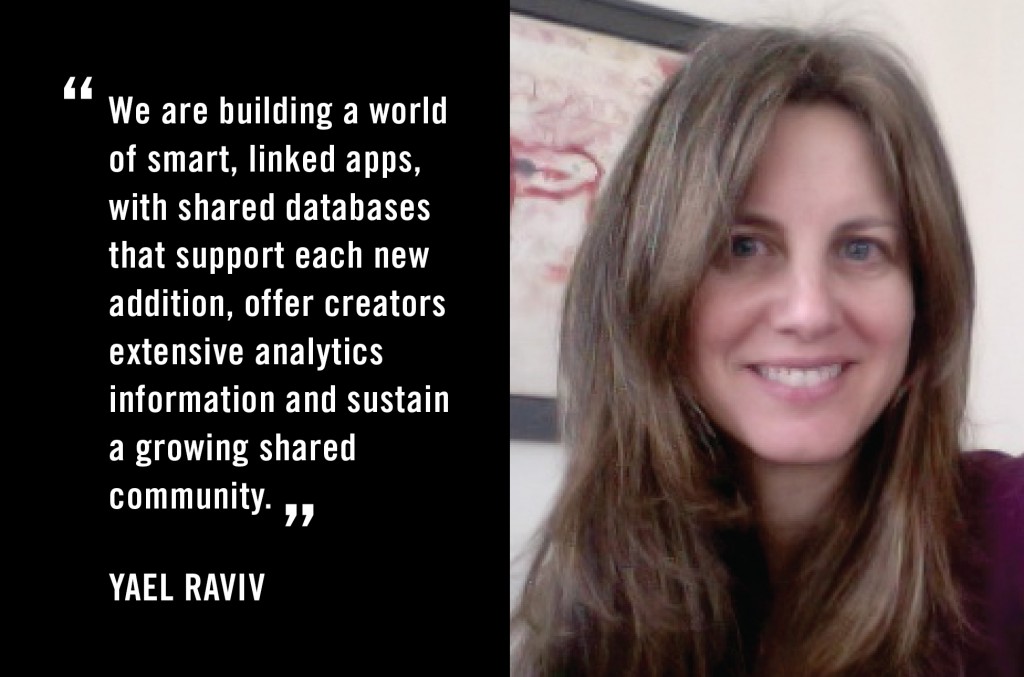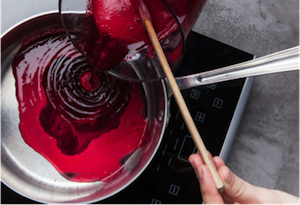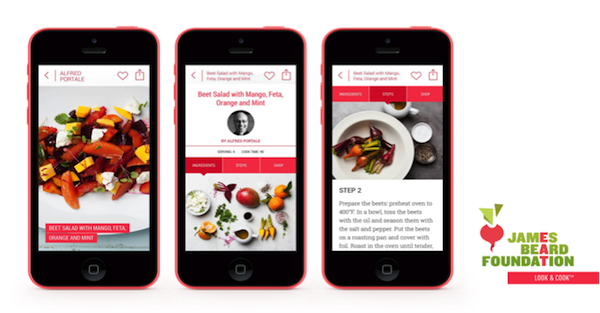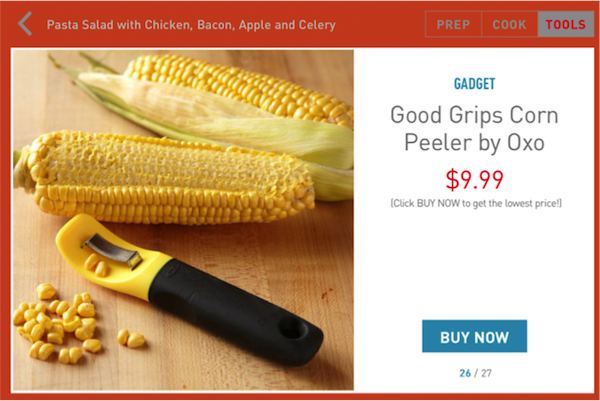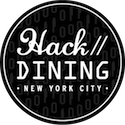Guest post by Yael Raviv of Kinetic Art . The views expressed here are solely those of the author and do not reflect the views of Food+Tech Connect.
Historically, people learned to cook by being in the kitchen with an experienced cook, watching and imitating their actions. A grandmother or an acclaimed chef would open their kitchen to a young, aspiring cook and share their secrets.
In recent years we seem to have lost that intimate connection, the ability to have someone by our side in the kitchen, and we’ve been left to our own devices with the aid of recipes. With television (Julia Child), we began recapturing that close-up view of the kitchen and a sense of mentorship, but it was a one sided conversation. Blogs allow us more interaction; comments and responses create a conversation and virtual communities that sometimes even translate into real-life meetings.
At Kinetic Art, we design apps that aim to push this journey forward. We combine the elegance and beauty of cookbooks and television shows with the close-up, intimate experience that helps you through complex recipes and new techniques. We also provide new social media and sharing capabilities. Unlike blogs, these apps allow a tailor-made, individual experience, that considers factors like: beginner or experienced chef, metric or US units, inspirational skimming or I’m-in-the-kitchen-lets-go mode.
We are translating recipes by some of the most acclaimed American chefs into step-by-step guides for home cooks in our upcoming James Beard Foundation (JBF) Vegetable Recipe app. All recipes are created by JBF award winning chefs like Mario Batali, Thomas Keller, Alice Waters and Grant Achatz. We also offer our platform as a tool to publishers, allowing them to repurpose print material, giving it new life and a fresh audience. We strive to add value to printed books while keeping all the details that make them unique and beautiful. We achieve this by maintaining the ability to make specific graphic choices, while adding features like built-in timers and sharing capabilities. Even more significant are the tools we have developed (and are still honing) to aid cooking apps distribution and exposure to make commercially viable.
We believe creators and publishers should be able to make money and that app production has the potential to be a sustainable practice. When we launched our fist product, Look & Cook, we discovered that this was our biggest challenge. Creating beautiful products meant high production costs, while app distribution and sales were difficult and uncertain. So we developed flexible monetization options that can be integrated into apps. These options allow creators to pick and choose the right solutions for their product. By creating direct links to sales and elegant native advertising solutions we found flexible monetization options that don’t compromise the quality and integrity of the final product.
People think of sustainability as “good” when it comes to food products, but what about culinary apps? We think that writing, photographing and designing food projects should be a sustainable, money-making enterprise. And we think that the way to do it is not necessarily by tacking banner ads and product promos all over your project, but by using elegant, thoughtful design solutions to integrate monetization tools with your content.
Apps are always competing. Getting noticed in the App Store or on Google Play is a challenge in and of itself. How can a culinary app compete with Angry Birds? Instead of each app going out there on its own, struggling to capture the public’s attention, we believe in cooperation and mutual support. We are building a world of smart, linked apps with shared databases that support each new addition, offer creators extensive analytics information and sustain a growing shared community. Instead of having apps compete for attention each new project benefits from its predecessors and supports them in return.
The idea of the virtual world generating new communities is obviously not new, but we want to extend it beyond an individual blog or site and create communities across project lines. For example, we want to expand the James Beard Foundation Community to include small communities that support the most avant-garde foodiodicals and to expose Mario Batali or Daniel Boulud’s followers to Tom Mylan’s (The Meat Hook) recipes.
We believe in beautiful design and attention to details. In order to really influence the way people cook, to enter their kitchens and create those new links, we think it essential to not lose track of where you started and what inspired you in the first place. So, we worked to develop a platform that allows the creation of tailor-made culinary apps that are grounded in traditional ideas: learning to cook by being in the kitchen with an experienced cook, presenting beautiful, inspiring dishes to leaf through, creating and expanding a community of recipe users and, finally, making cooking apps financially sustainable.
Hacking Dining is an online conversation exploring how we might use technology and design to hack a better future for dining. Join the conversation between June 2 – July 30, and share your ideas in the comments, on Twitter using #hackdining, Facebook, LinkedIn or Tumblr.
________________
 Yael Raviv is currently VP Content Partners at Kinetic Art Ltd. Yael wrote her Ph.D dissertation at NYU’s Performance Studies Department on nationalism and cuisine in her native Israel. She has written on food and nation and food and art in publications such as Gastronomica and is an adjunct professor at NYU’s Nutrition, Food Studies and Public Health Department. Yael founded Umami food and art festival in 2008 and served as its Director.
Yael Raviv is currently VP Content Partners at Kinetic Art Ltd. Yael wrote her Ph.D dissertation at NYU’s Performance Studies Department on nationalism and cuisine in her native Israel. She has written on food and nation and food and art in publications such as Gastronomica and is an adjunct professor at NYU’s Nutrition, Food Studies and Public Health Department. Yael founded Umami food and art festival in 2008 and served as its Director.

